
|
|
|
| synonym |
|
| description |
A boldly marked species with forked red bands on otherwise pale, whitish wings, running along the claval suture of the wings before forking towards the apices. There is an additional small red dash on the wings, below the main red band on the clavus. The red lines continue onto the sides of the thorax, extending as a broad red stripe across the sides of the head; the short antennae are also reddish. The head is large and rostrate, and the legs are pale. Adults are about 8.75 mm long. (Dozier 1922)
Some individuals of this species are almost entirely red, a very striking appearance. This form is infrequently encountered and is known as var. rubidus. |
| distribution |
Eastern United States & Canada (UDEL) |
| abundance |
Scattered records across the state, primarily in the Piedmont and mountains, where it is uncommon to scarce; possibly more abundant in the right habitat. |
| seasonal_occurrence | |
| habitat |
Near mixed hardwood forest. |
| plant associates |
Derbidae are known or assumed to feed on fungal hyphae as immatures. Adults have been found to associate with Fagus (Beach, Fagaceae), Quercus (Oak, Fagaceae), and Acer (maple, Aceraceae). (UDEL); also from Oxydendrum arboreum (Sourwood). |
| behavior |
Can be attracted at night with a light; may be found overwintering in logs. (UDEL) |
| comments |
Teneral individuals do not have the colors and patterns characteristic of the adults developed yet, and can therefore appear different. This is true for all species in this genus.
Variety 'rubidus' was previously considered a subspecies of O. coquebertii, but recent research has shown that rubidus and the nominate subspecies have inseparable genitalia. Therefore, rubidus is just a color form of O. coquebertii. (Hendrix & Bartlett, 2023) |
status |
[Native:]
[Introduced:]
[Extirpated:] | | list_type |
[Official:]
[Provisional:] |
| adult_id | Unmistakable and widely known Identifiable from good quality photos of unworn specimens
Identifiable from photos showing undersides, or other specialized views [e.g., legs, face]
Identifiable only by close inspection of structural features or by DNA analysis NULL |
| nymph_id | Unmistakable and widely known Identifiable from good quality photos, especially where associated with known host plants
Identifiable from close inspection of specimens or by DNA analysis
Identifiable only through rearing to adulthood NULL |
| G_rank |
|
| S_rank |
|
| rank_comments |
|
| tribe |
Otiocerini |
| subgenus |
|
Species Photo Gallery for Otiocerus coquebertii No Common Name |
 | Photo by: Floyd Williams
Gates Co.
Comment: |  | Photo by: Floyd Williams
Gates Co.
Comment: |
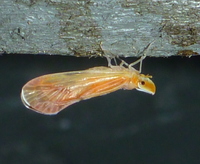 | Photo by: E. Corey, K. Bischof
Transylvania Co.
Comment: GORG | 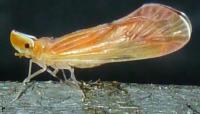 | Photo by: E. Corey, K. Bischof
Transylvania Co.
Comment: GORG - UV light and sheet at Ranger Residence on Frozen Creek Road |
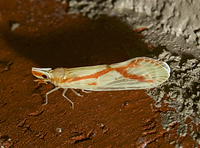 | Photo by: Jim Petranka and Becky Elkin
Madison Co.
Comment: | 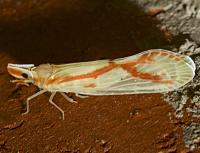 | Photo by: Jim Petranka and Becky Elkin
Madison Co.
Comment: |
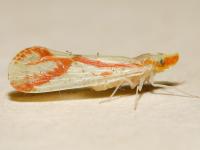 | Photo by: Jim Petranka and Becky Elkin
Madison Co.
Comment: |  | Photo by: SCOTT R BOLICK
Guilford Co.
Comment: |
 | Photo by: SCOTT R BOLICK
Guilford Co.
Comment: | 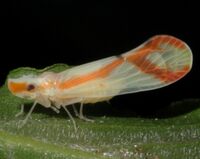 | Photo by: SCOTT R BOLICK
Guilford Co.
Comment: |
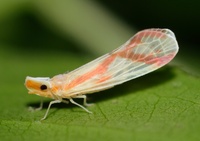 | Photo by: Scott Bolick
Guilford Co.
Comment: |  | Photo by: Scott Bolick
Guilford Co.
Comment: |
 | Photo by: Cesar Castillo
Madison Co.
Comment: unid_planthopper |  | Photo by: Cesar Castillo
Madison Co.
Comment: |
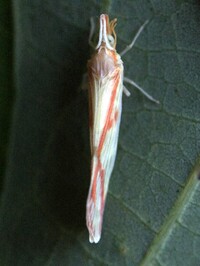 | Photo by: Ted Wilcox
Watauga Co.
Comment: unid_planthopper |  | Photo by: Ted Wilcox
Watauga Co.
Comment: unid_planthopper |
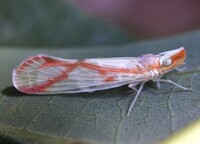 | Photo by: Ted Wilcox
Watauga Co.
Comment: unid_planthopper | 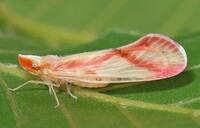 | Photo by: Rob Van Epps
Watauga Co.
Comment: Wooded neighborhood at high elevation. |
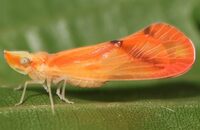 | Photo by: Rob Van Epps
Watauga Co.
Comment: Wooded neighborhood at high elevation. |

 »
»
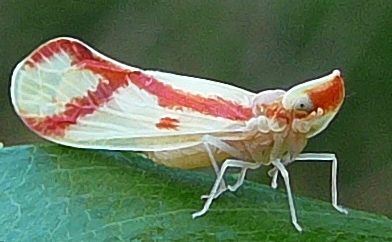
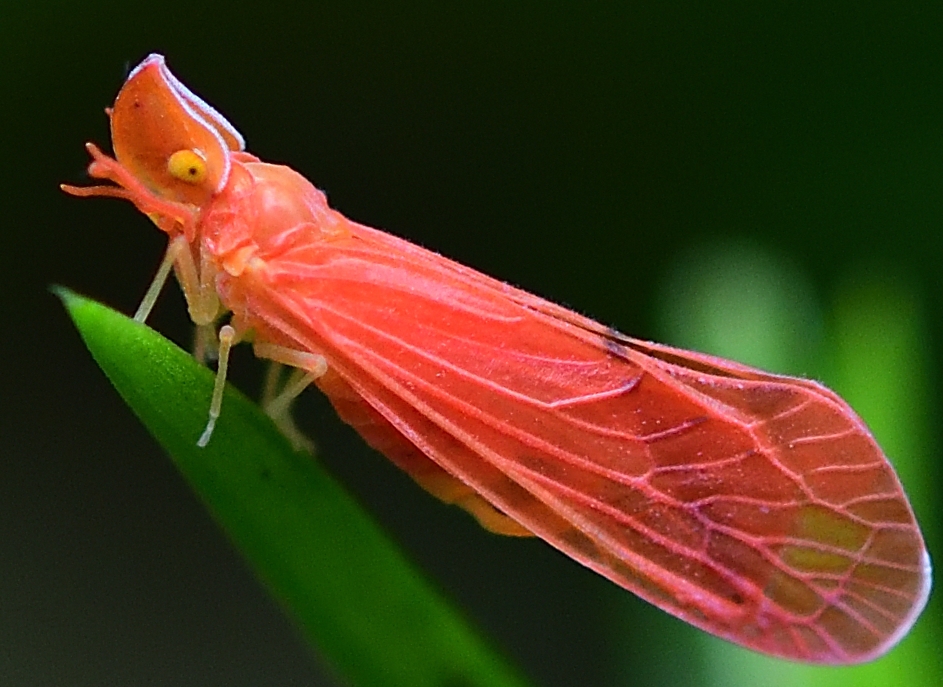


 »
»


